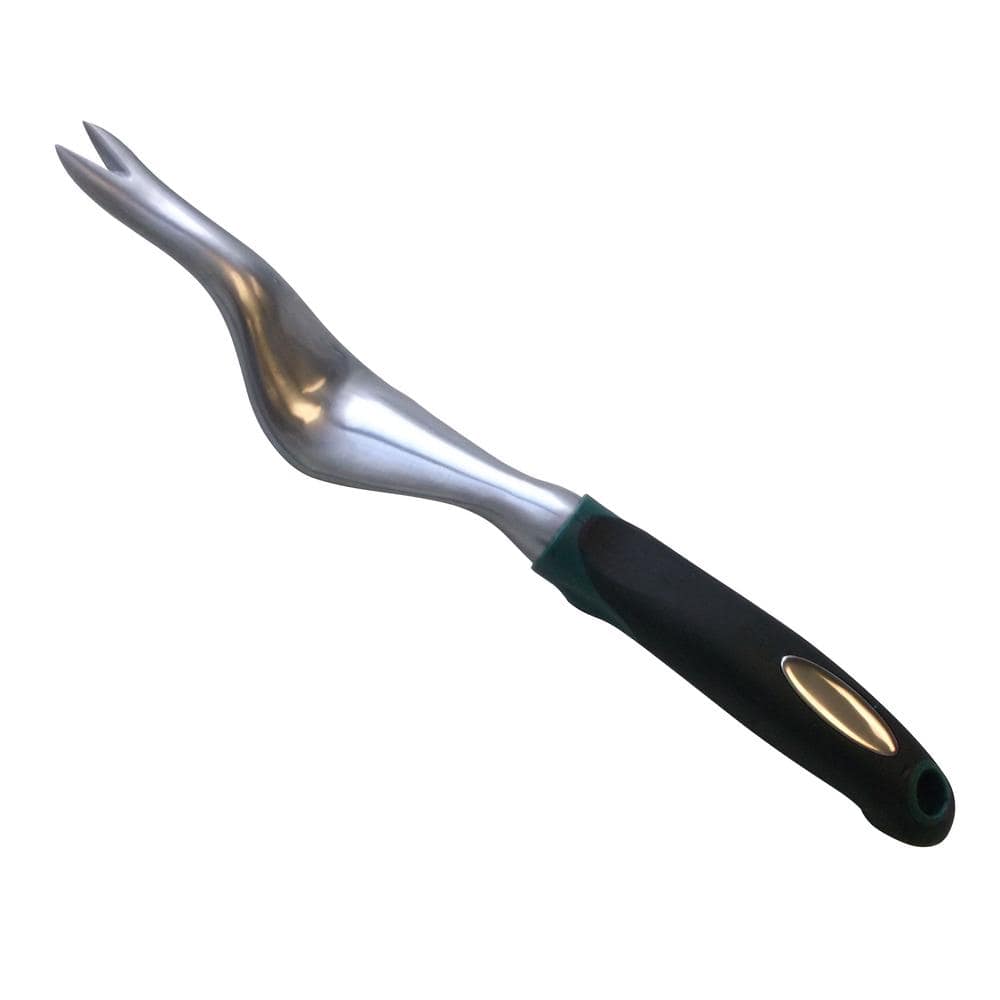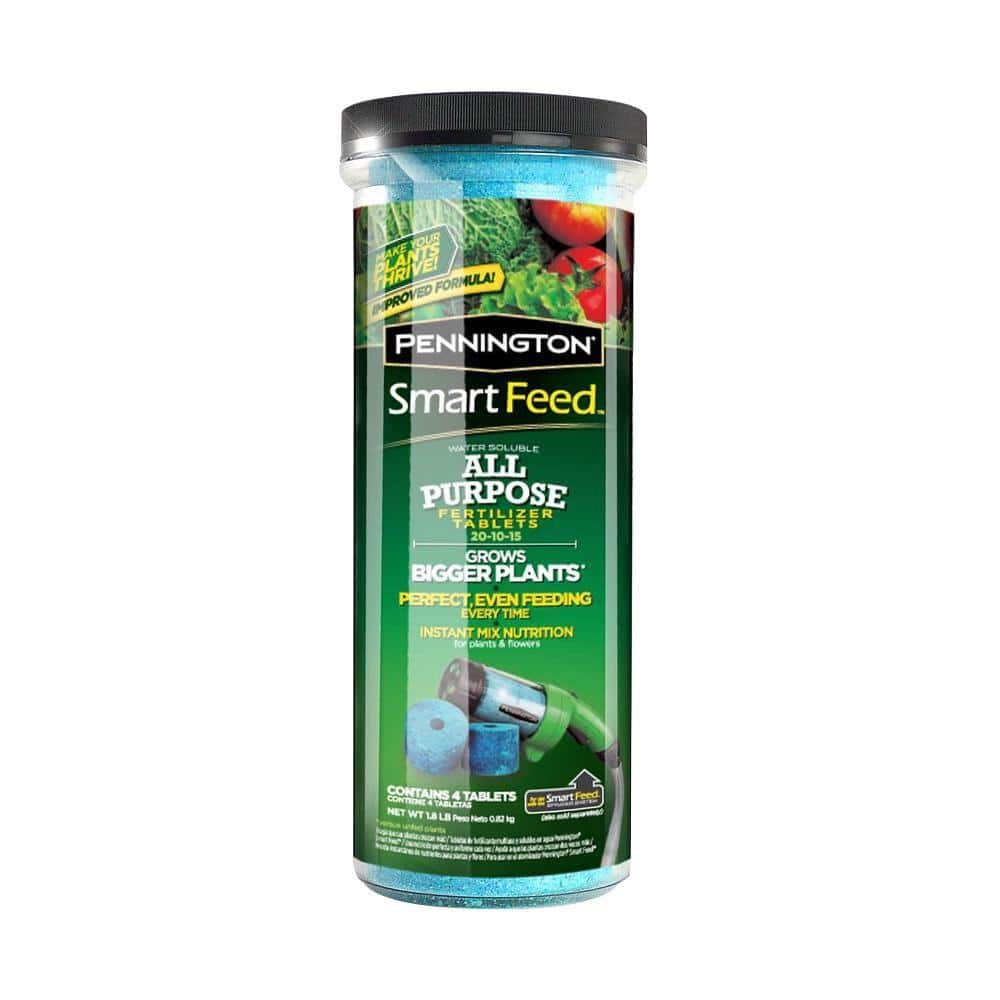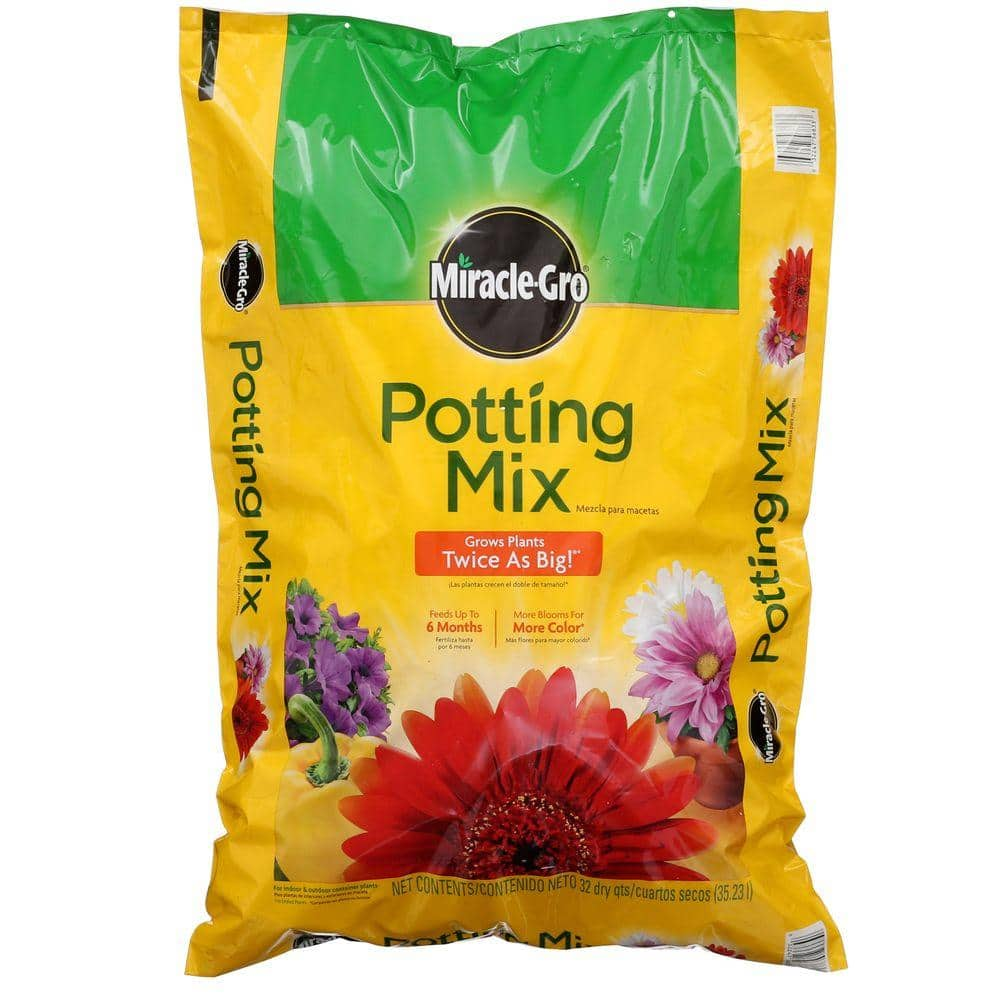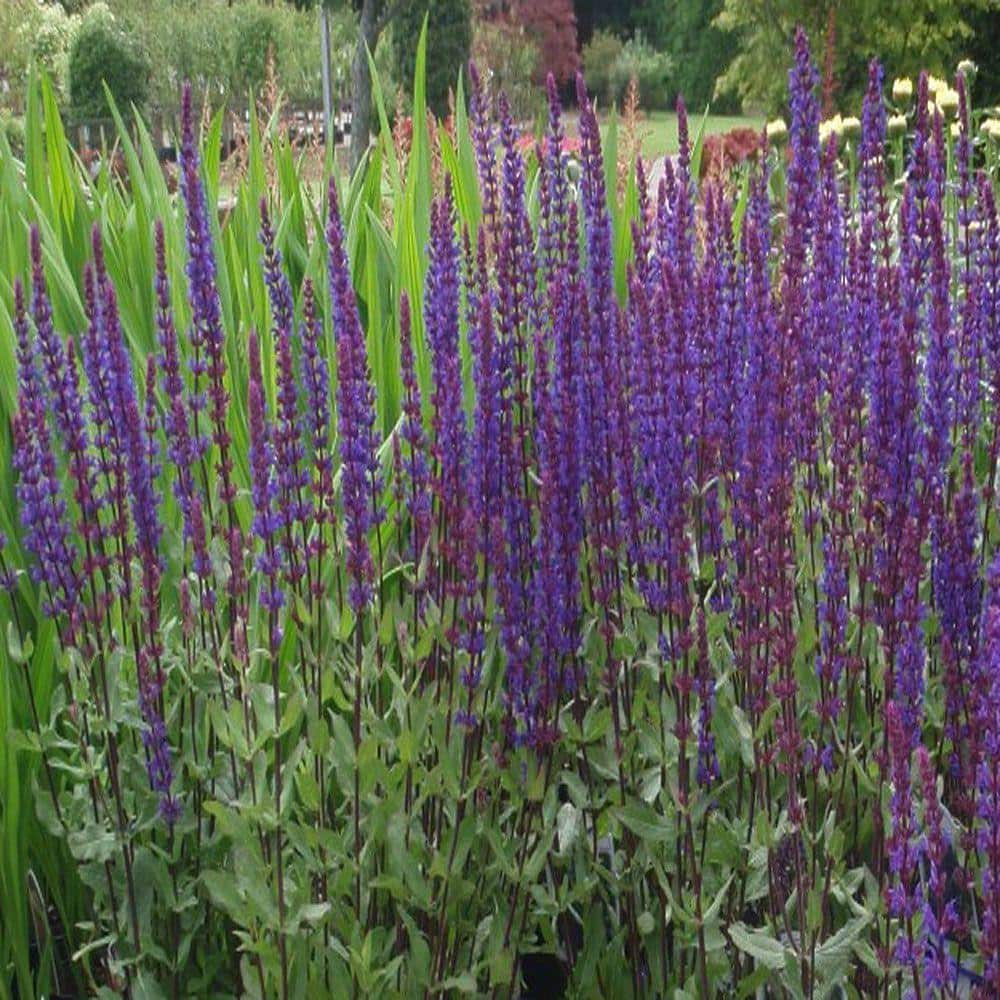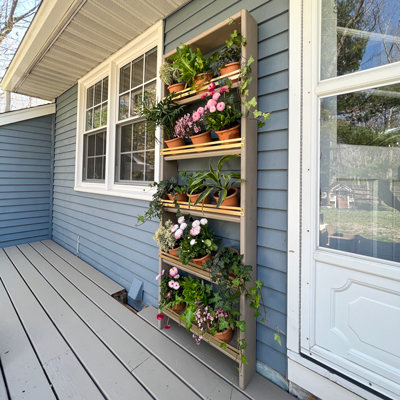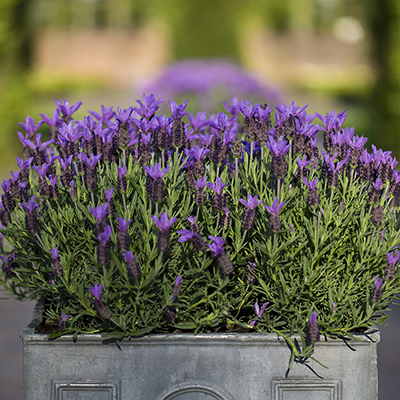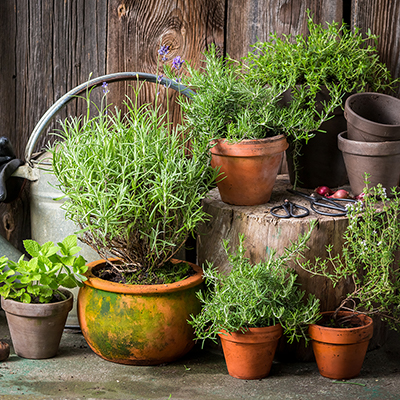Indoor Herb Garden Ideas

Last updated September 7, 2023
Savor the flavor of your favorite herbs and add a bright bit of green to your kitchen when you bring your herb garden inside. Many herbs, including perennials such as rosemary, will grow indoors as long as they have plenty of light and water.
If you have a sunny windowsill that offers at least four hours of sunshine a day, preferably more, you can grow herbs and use the leaves in roasts, soups and stews, as well as salads. The herbs featured in Thanksgiving and holiday menus, like rosemary, thyme, parsley and sage, can be kept in the kitchen and snipped as you need them. In addition to their culinary purposes, you can crush the leaves to bring out the fragrance.
Table of Contents
Tips for Growing Herbs Indoors
Grow These Herbs in Your Indoor Garden
Tips for Growing Herbs Indoors
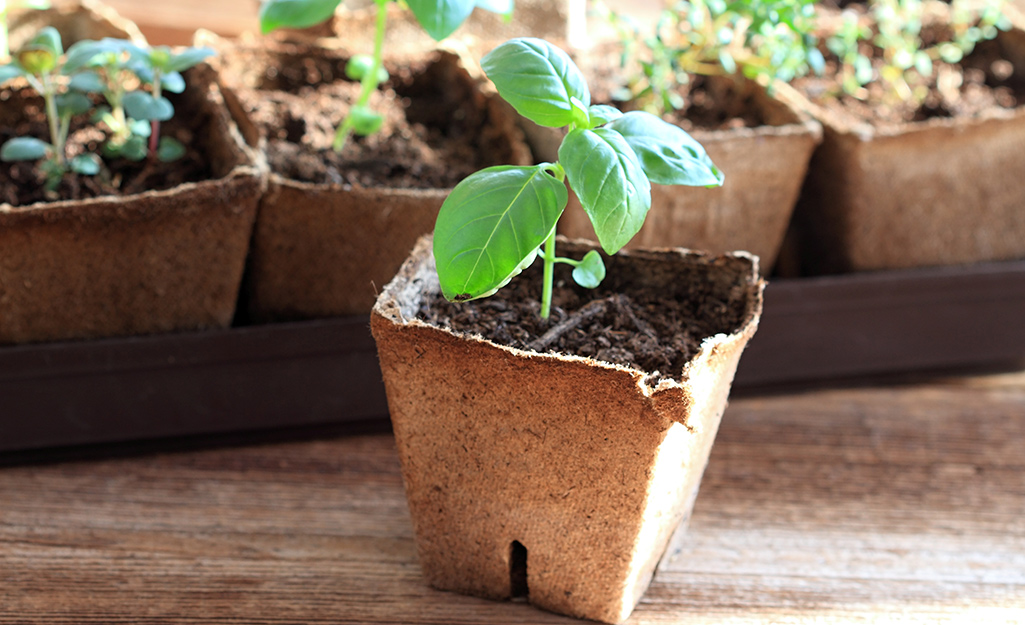
- Begin with good quality plants. You can always start herbs from seed, but you will harvest sooner if you start from seedlings, either purchased from the Garden Center or from plants in your own garden. If you’re bringing herb containers from the outside in fall, let them experience a few cold, not freezing, nights to toughen them up for the transition indoors. It’s wise to quarantine plants for a few weeks and monitor for pests and diseases.
- Select the right location. Herbs like light and require a minimum of four hours of sunshine a day. A bright, south-facing window is ideal. Supplement natural light withgrow lights, if needed.
- Choose the right container. Terra cotta containers tend to quickly dry out. Try a glazed container and saucer to keep water from damaging your windowsill or counter. Herbs like water, but too much will cause root rot and mildew problems. Place a few pebbles in the bottom of the saucer as a layer of protection for the roots.
- Add good quality potting mix. Choose a moisture retentive, well-draining potting mix for houseplants, never garden soil or garden dirt.
- Feed and water routinely. Indoor air can be dry. Water or mist herbs frequently. Feed every month with an all-purpose plant fertilizer.
- Try a vertical garden. Get into indoor herb gardening with avertical garden made from jelly jar light fixtures.
Grow These Herbs in Your Indoor Garden
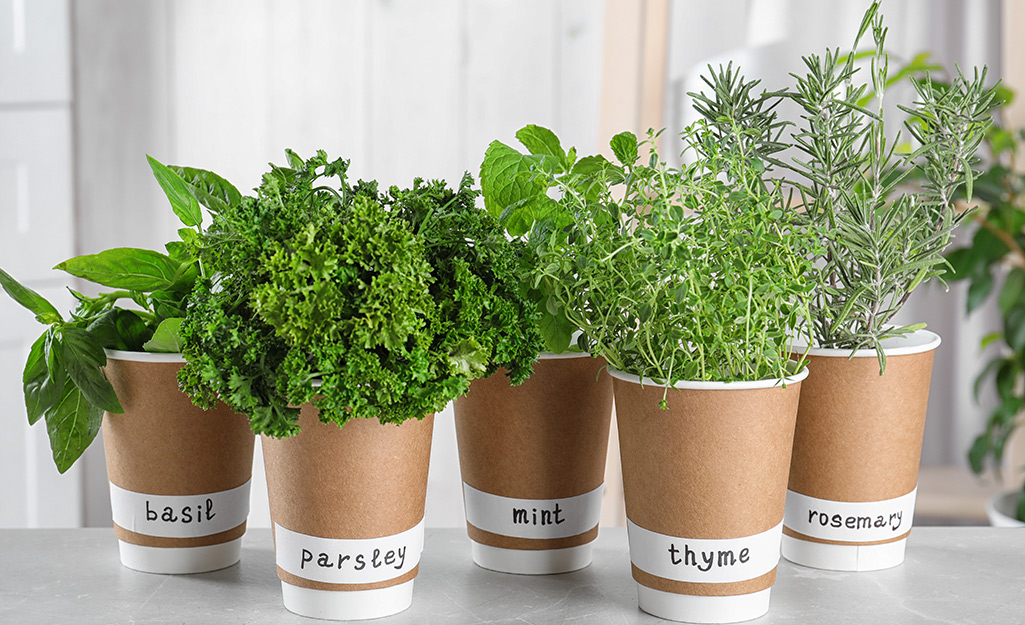
Herbs you can grow indoors:
- Basil: Start growing the herb in well-draining potting soil. Place pots in a south-facing window because basil likes lots of sun and warmth. Water when the potting soil is dry to the touch.
- Parsley: Choose seedlings and plant in well-draining potting mix. Parsley likes full sun but is able to grow in an east- or west-facing window. Remember that in shade, water doesn’t evaporate as quickly, so check the soil to ensure it’s dried out between waterings. Feed the plants every two weeks with half-strength liquid fertilizer.
- Mint: No light? No problem. Mint is one of the easiest herbs to grow and can survive, even thrive, with little light. Plant in potting mix and water regularly. Pinch back mint every couple of weeks.
- Sage: Start growing from seeds or seedlings. Plant in well-draining potting mix and place in full sun.
- Thyme: Start thyme seedlings indoors in well-drained potting mix. Thyme likes full sun but will grow in an east- or west-facing window.
- Rosemary: Start rosemary seedlings in well-draining potting mix. This Mediterranean plant likes full sun and dry conditions. Only water when the top of the soil is dry. But never let the soil dry out completely. Place the pot near doorways so you can enjoy the scent as you walk by. Use floral snips to trim off ends as you cook.
Whether you need the right planters, seeds or potting soil, The Home Depot delivers
online orders
when and where you need them.
